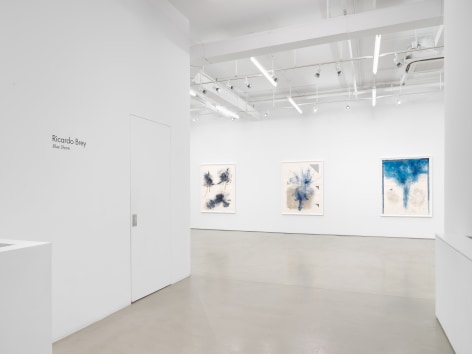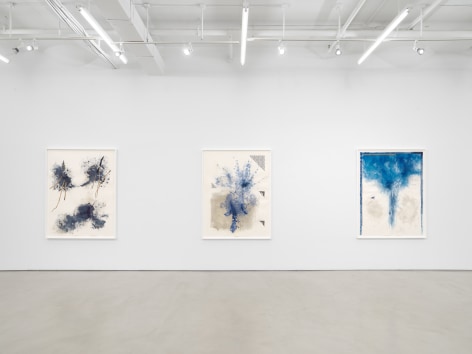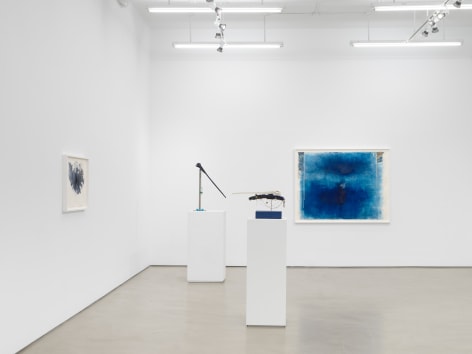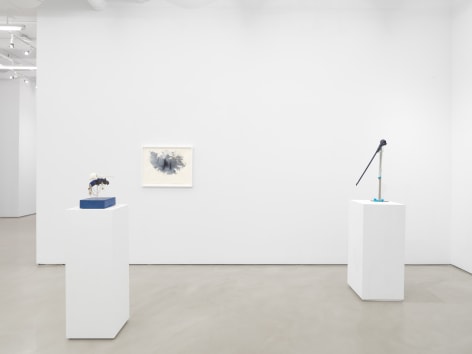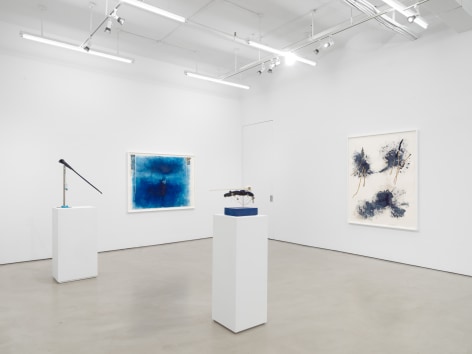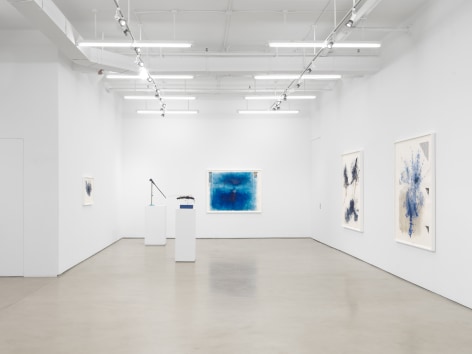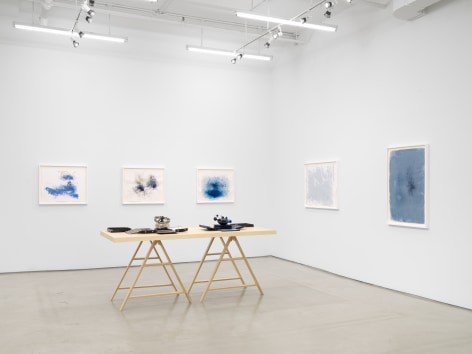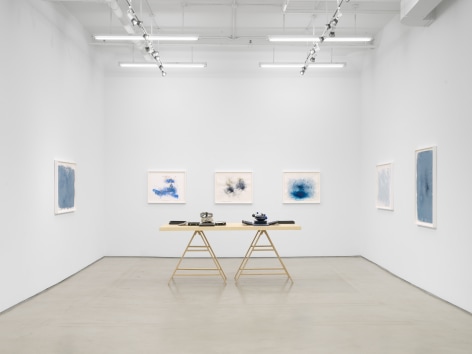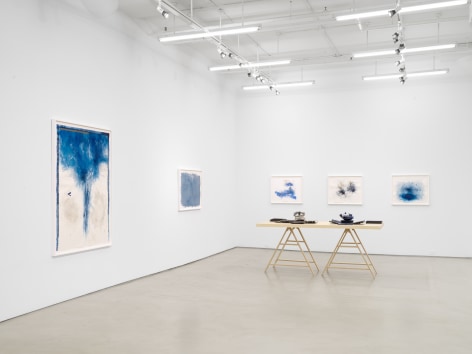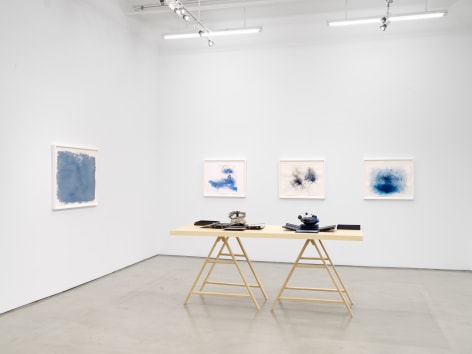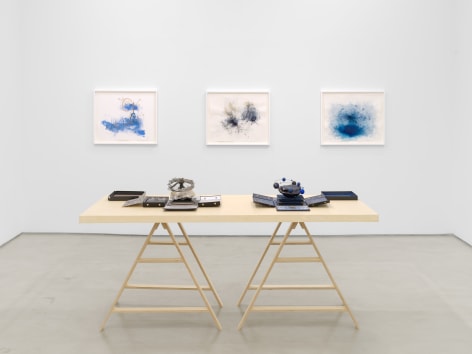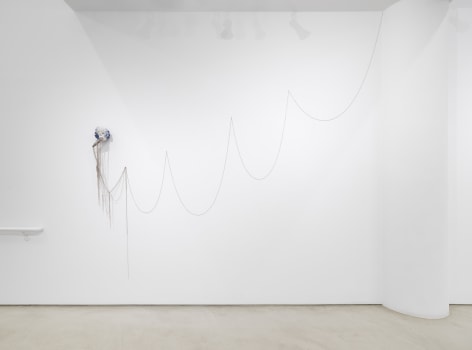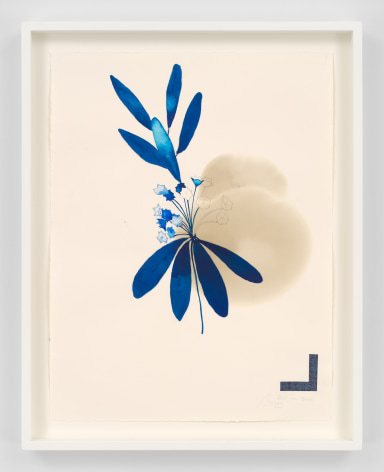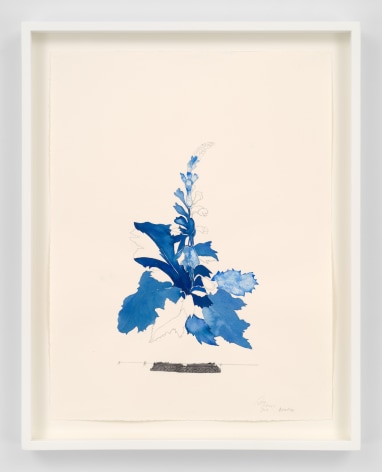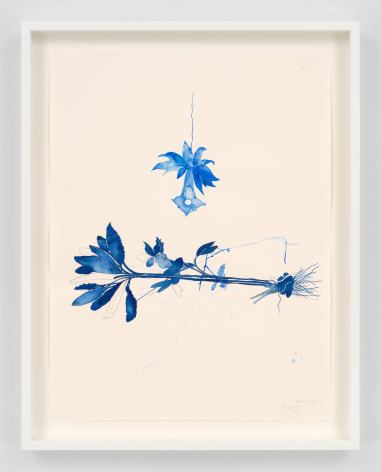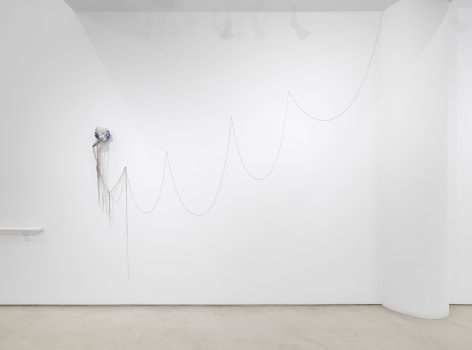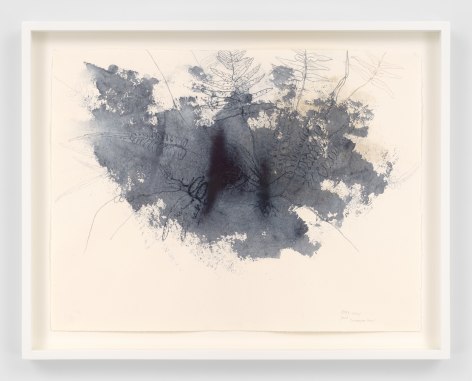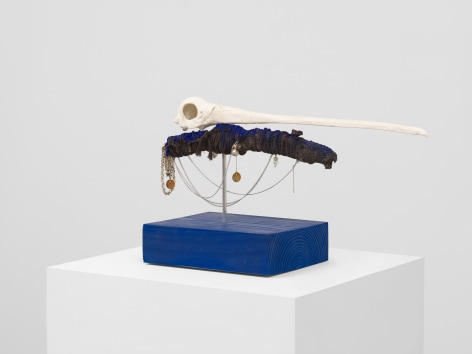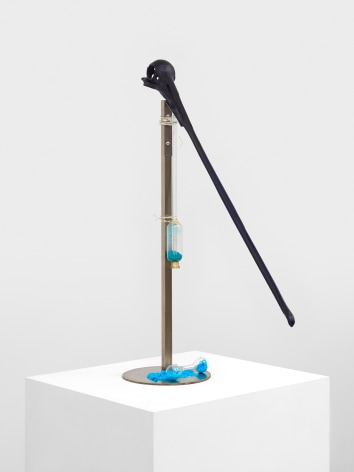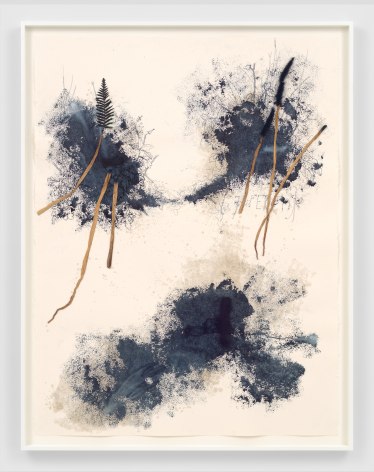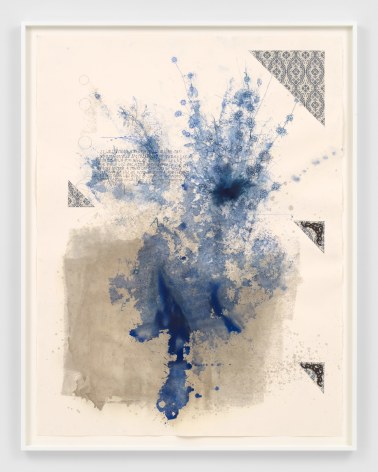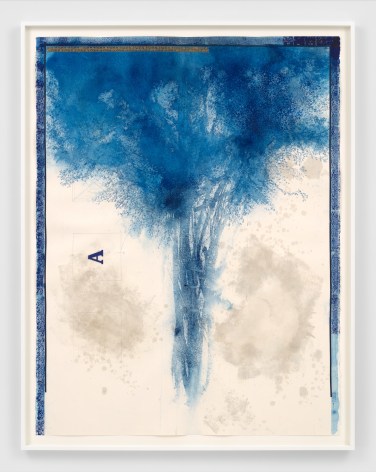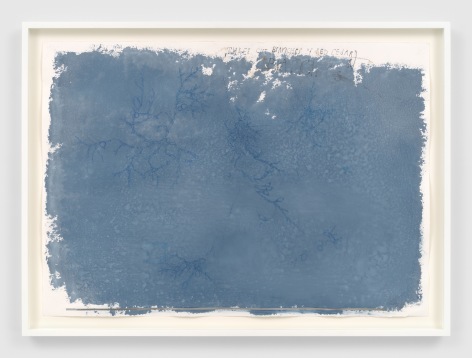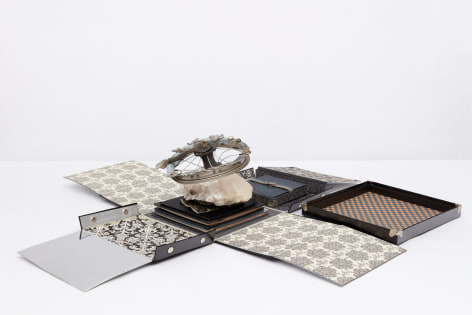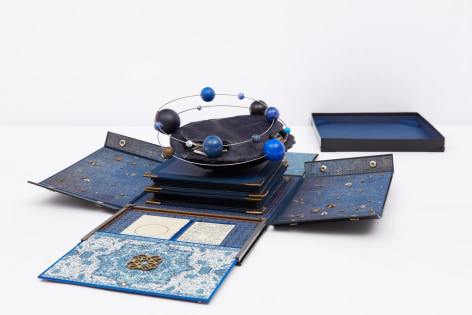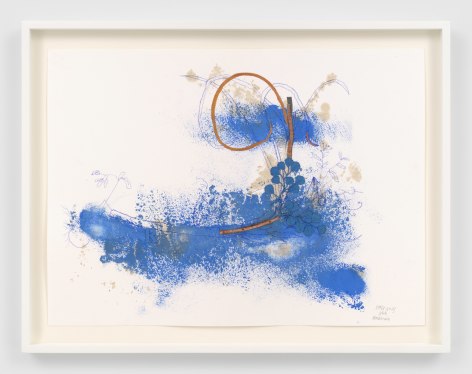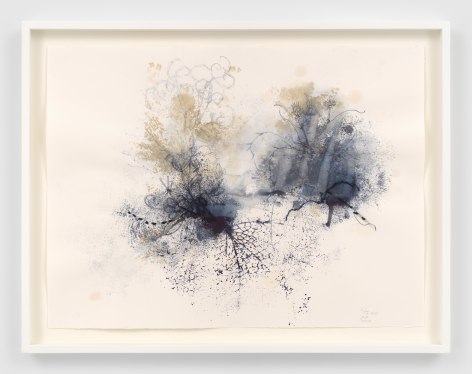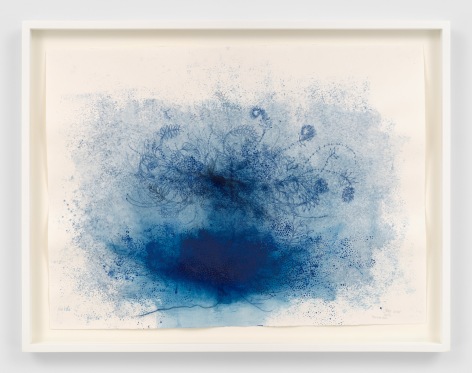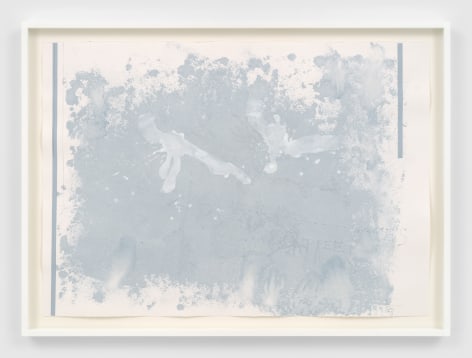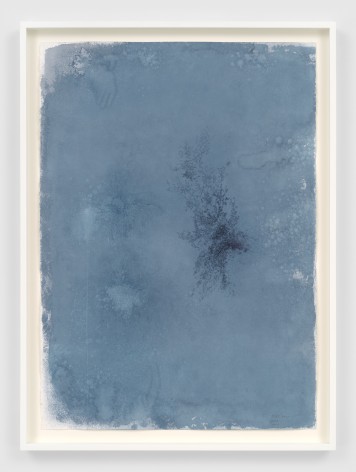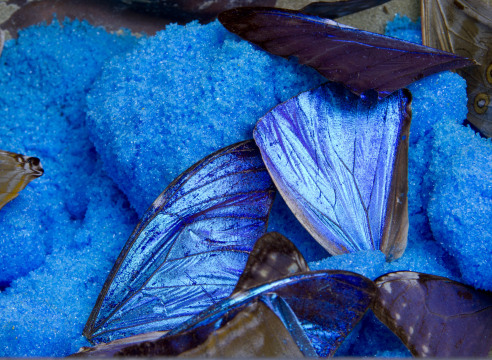
Alexander Gray Associates presents Blue Shore, the Gallery’s second one-person exhibition of work by Ricardo Brey (b.1955, Cuba). Since the late 1970s, Brey’s practice has examined the origins and nature of humankind’s space in the world. Working across drawing, sculpture, and installation, Brey is concerned with exploring philosophical concepts like time, mythology, human expression, and the natural universe.
Blue Shore is a presentation of works made during the global Covid-19 pandemic. Unable to leave his home and studio in Ghent, Belgium, Brey turned to the color blue, which he associated with the sky and the sea, symbols of an unattainable expansiveness and freedom. In his works from this period, Brey adopts an almost exclusively blue palette, a significant departure from the earth-colored ochres and rusty reds of previous works on paper. Just as the artist moves fluidly across various mediums, so do variegated blues wind through his two and three dimensional works. The works on paper in Blue Shore reflect Brey’s rigorous engagement with a wide range of media––including found objects, silverpoint, gouache, and ink––as well as his range with scale, from delicate drawings to massive, saturated works on paper.
Throughout his career Brey has often worked on a single theme across various mediums. Here, a panoply of blues emerges not only on wall-hung works, but in sculptures and Brey’s unique Boxes. In Cielo (2021), Brey deconstructs practices that humans have developed to understand the heavens. Inside the Box rests a large dark cast of a tortoise’s shell with stars affixed to its underside. By resting the deconstructed pieces of an orrery within the tortoise shell, Brey not only forms a physical representation of the heavens, but also creates a multitude of thematic contrasts between Western and Eastern cosmologies, science and nature, and ancient and modern forms of thought.
Similarly, working blues into his earlier series of uncanny, classically inflected Kouros sculpture series gives the works a new dynamism and distinct emotional register. The kouroi of antiquity were free-standing sculptures of nude male youths that began to appear in the Archaic period in Greece. Brey’s kouroi often consist of a bird’s skull formed from wood and clay mounted on a metal rod along with carefully arranged found elements. Osain (2021) gets its name from a Santería divinity, or orisha, associated with herbs and healing.
The blending of cultural iconographies achieved via a rigorous chromatic, formal, and conceptual engagement is emblematic of Brey’s artistic ethos. Refuting reductive binarisms, Brey’s art surmounts divisions between myths, religions, and systems of thought and value to champion a holistic approach to understanding the human condition.
Ricardo Brey’s work is featured in numerous private and public collections, including the Bouwfonds Art Collection, The Hague, the Netherlands; Centro de Arte Contemporáneo Wifredo Lam, Havana, Cuba; CERA Art Collection, Leuven, Belgium; Collection of Pieter and Marieke Sanders, Haarlem, the Netherlands; Collection de la Province de Hainaut, Belgium; de la Cruz Collection, Miami, FL; Fonds national d’art contemporain (FNAC), France; Ella Fontanals-Cisneros Collection, Miami, FL; Lenbachhaus, Munich, Germany; Louis-Dreyfus Family Collection, Mount Kisco, New York; Museo Nacional de Bellas Artes de La Habana, Havana, Cuba; Museum de Domijnen, Sittard, the Netherlands; Museum van Hedendaagse Kunst Antwerpen (M HKA), Antwerp, Belgium; Nova Southeastern University (NSU) Art Museum Fort Lauderdale, FL; Province of East Flanders Monuments and Cultural Heritage, Belgium; Sindika Dokolo Foundation, Luanda, Angola; Stedelijk Museum voor Actuele Kunst (SMAK), Ghent, Belgium; Suermondt-Ludwig-Museum, Aachen, Germany; Watari Museum of Contemporary Art, Tokyo, Japan; and others.

